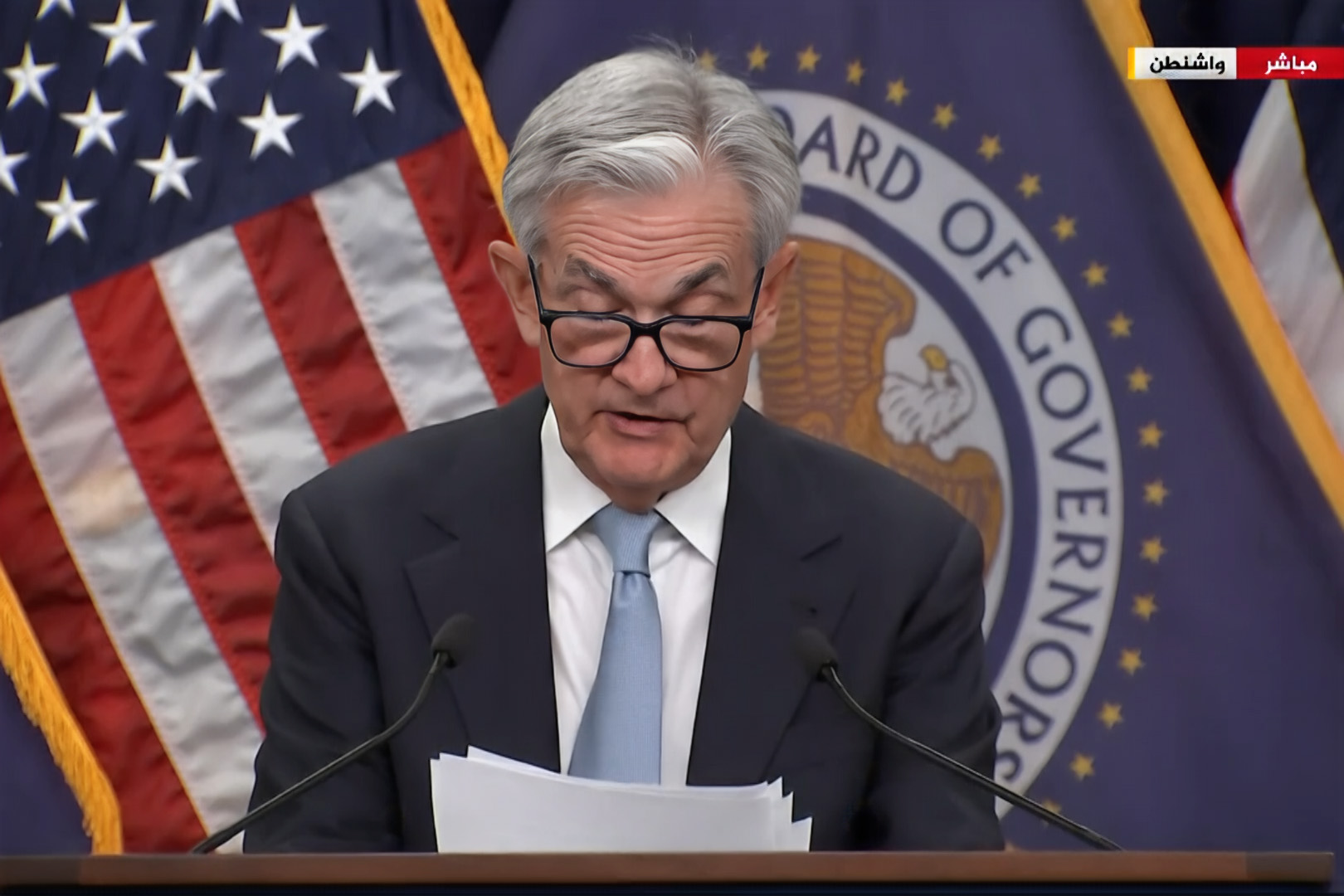WASHINGTON — The U.S. Federal Reserve on Wednesday raised interest rates by 25 basis points as expected, to a range of 5% to 5.25%, the highest level since 2007.
This is the tenth consecutive increase approved by the US Federal Reserve since 2022, to curb inflation, which last year reached its highest level in nearly 4 decades, as monetary policy officials continue to focus on the banking crisis and growth concerns in the US economy.
The annual inflation rate in the United States fell in March to 5%, the lowest level since May 2021, as the latest data released by the US Department of Commerce at the end of last week showed that the personal consumption expenditure price index, which excludes food and energy prices - the US Federal Reserve's preferred measure of core inflation - rose by 0.3% in March compared to the previous month, and by 4.6% compared to a year ago.
The rate hike comes amid objections from leading Democratic lawmakers, who this week urged the Federal Reserve to halt rate hikes, which they insisted could cause a recession and excessive job losses.
However, the labor market has remained strong since the increases began in March 2022. At the same time, inflation remains well above the 2% target that policymakers consider optimal. Several officials said interest rates would likely need to stay high, even if increases were suspended.
Besides inflation, the Fed has had to deal with turmoil in the banking sector, which has seen 3 mid-sized banks shut down since the beginning of the year.
Although central bank officials insist that the banking sector as a whole is stable, the expected tightening of credit conditions and tightening of upcoming regulations are expected to further impact economic growth, which was only 1.1% year-on-year in the first quarter of this year.
Focus on inflation
While rising interest rates have exacerbated banking problems, Fed officials insist they are directly focused on inflation. Recent data pointed to a decline in price increases, although "fixed" elements such as housing and Medicare costs remained higher, while prices that tend to change a lot, such as food and energy, have already slowed, according to calculations by the Federal Reserve Bank of Atlanta.
Since March 2022, the Federal Reserve has raised its benchmark interest rate 9 times to its current target level above 5%, and while this is lower than in previous months, it is still well above the 2% rate that is considered healthy for the US economy, and raising interest rates to above 5% will automatically mean raising borrowing costs, which is one of the most important mechanisms to slow the rise in prices in the economy in general.
By pursuing a policy of raising borrowing costs, Fed officials hope to reduce demand for loans to expand businesses, homes and other purchases, ultimately calming the economy and easing the pressures that drive prices up.
The Fed's move came at a time when markets are awaiting the escalation of the US public debt ceiling crisis, at a time when Treasury Secretary Janet Yellen warned yesterday that the United States is threatened with default from the beginning of next June, if Republicans and Democrats do not reach an agreement to raise the borrowing ceiling.

